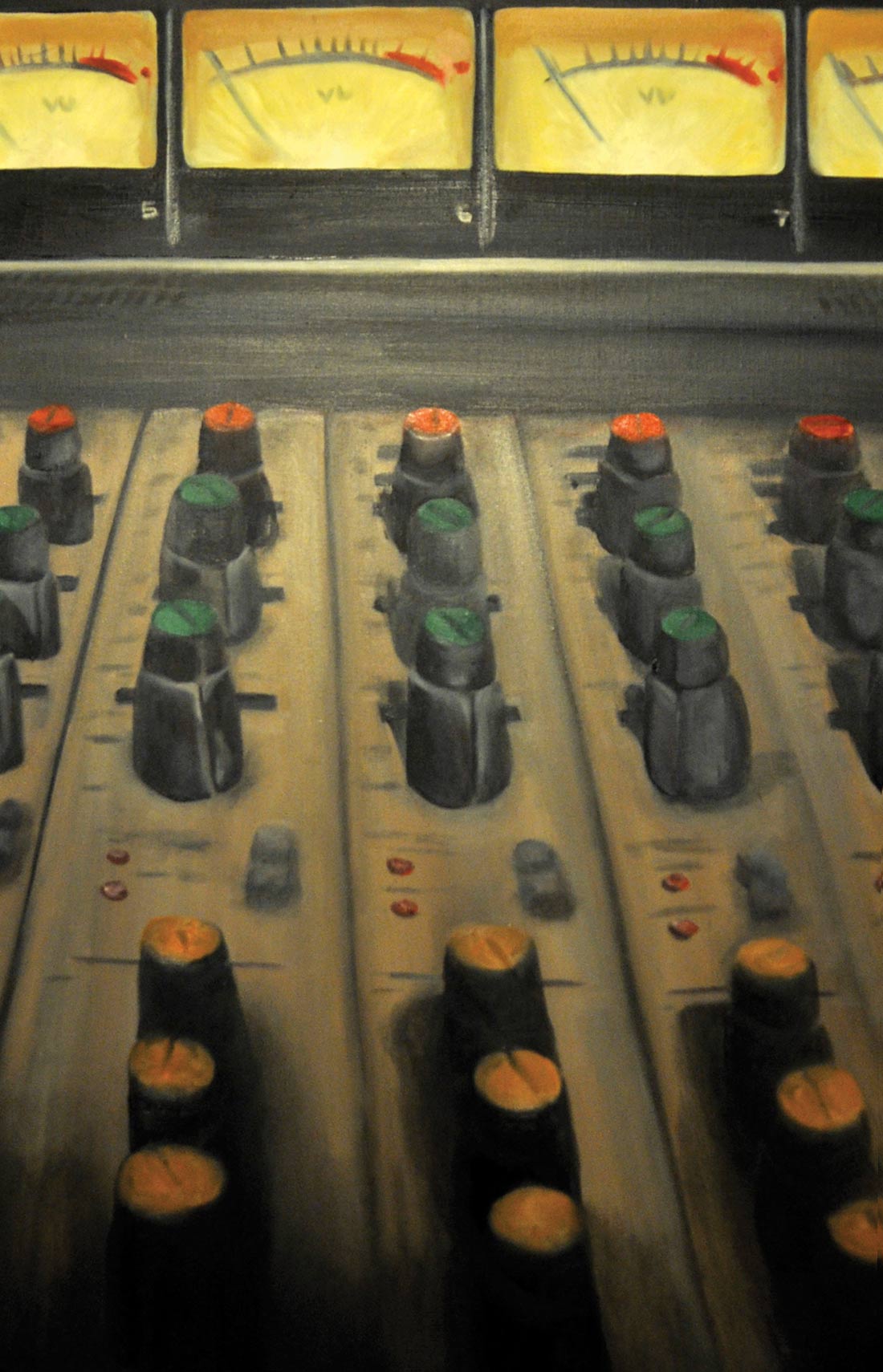In Tape Op #63, I reviewed the plans for a DIY ribbon mic sold by Rickshaw Records, the parent company of Austin DIY Ribbon Microphones. Since then, Austin launched two ribbon mic kits based on those instructions: a standard single-ribbon mono unit; and a fixed-angle, dual-ribbon coincident stereo mic. We recently purchased and built the latter, the True Blumlein.
First, I want to state this project is not for everyone. While there is much less soldering than any other DIY project I've seen, there is some light metal work on the grille, and a lot of patience is required to construct the ribbon motor. Steady hands and a relaxed attitude are required to make a go of this kit. Second, I want to state that there is no free lunch. The parts cost for this kit is indeed less than the purchase price of a pro-level mic. However, the hours invested in correctly building it are not free. I happen to believe that the educational benefit - and the experience of hand-building a tool you can actually put to good use - are the main reasons why I would choose a DIY ribbon mic.
The mic body comes powder-coated from Austin. Custom colors are available as a cost option, but the standard "Blumlein Blue" is cool and looks better in person than in photos. We opted for CineMag transformers because of my preference for CineMags in ribbon mics, but this is taste issue. Other options include an Austin-brand transformer or a Lundahl transformer.
Constructing the ribbon motor is the heart of this project. The kit comes with precut plastic structures that ease assembly and improve performance due to a specially scalloped design. Working with the ribbon is an experience I recommend to any engineer who is interested in microphone construction. The gossamer aluminum is as thin as 1/5th of a sheet of paper; imagine shaving a sheet of paper into five thinner pieces! In fact, facial tissue is thicker! Physically handling the aluminum is challenging. Merely moving your finger towards a dangling end causes enough air pressure to buffet the material. Trust me, if you build this kit, you will never take a ribbon mic for granted - ever. Plus you'll develop massive respect for Clarence Kane, Stephen Sank, and others who specialize in ribbon cutting. Thankfully, the kit provides enough ribbon material to mess up, because cutting the ribbon to the correct length and width is very tricky. I purchased a wheel cutter expressly for the job. I thought the wheel was less likely to tear the aluminum than a razor blade, but either will suffice. The kit also includes a corrugator, required to turn the flat ribbon into an accordion-shaped element. Once you have some ribbons cut and corrugated, mounting a ribbon in the frame is another matter. You have to make sure neither side of the ribbon touches the magnet-ribs, while adjusting the top-to- bottom tension just right for Goldilocks. Please note you can't breathe on the ribbon, which means you'll need a mask or t-shirt over your mouth and nose, and nothing metallic should contaminate the ribbon or magnet faces. It's fun. Really.
If you run into problems or have questions, you can email Austin for support. I always received detailed instructions when I wrote, sometimes in as little as a few hours. This is really appreciated, as some DIY projects come with no such assistance. For example, you need some way to mount the mic to a stand. We simply used something we had, but other builders talked to Austin about it, and soon a video tutorial detailing how to build a custom spider shockmount was sent out to the builders. That's pretty responsive.
We were floored - I mean really impressed - with the sound of the Austin. This mic has high end not often found on ribbon mics. But unlike some condensers, the top end of the Austin is very smooth - extended but smooth. Buy one just for acoustic guitar recordings. Also, it is a fantastic drum-room mic, especially if you position it at lower heights than you would normally place room mics. Provided you have one or two pop filters, the Austin can be used for vocals. Going back to the acoustic track, recording a singer-songwriter who insists on singing while playing can be facilitated by nulling the figure-8 of one ribbon motor to the guitar and the other to the voice. Of course, the null points are visually obvious, being the supports on each side of the grille. You'll have much less bleed this way than you would if you were using cardioid mics.
Consider this project if you have patience, a steady hand, and a determination to get it right. The ribbon cutting and tensioning are not for hot heads. With the build completed, you'll want to be vigilant about protecting your finished mic. Phantom power can damage the ribbons, as can excessive pressure levels. On vocals, be careful to employ pop filters and mic'ing distance to your advantage. If you have the DIY spirit and want a top-quality ribbon mic in your collection, I sincerely recommend one of the Austin kits. And as long as you take care of your investment, an Austin DIY ribbon mic will provide pro-level performance that belies its price.




_disp_horizontal_bw.jpg)